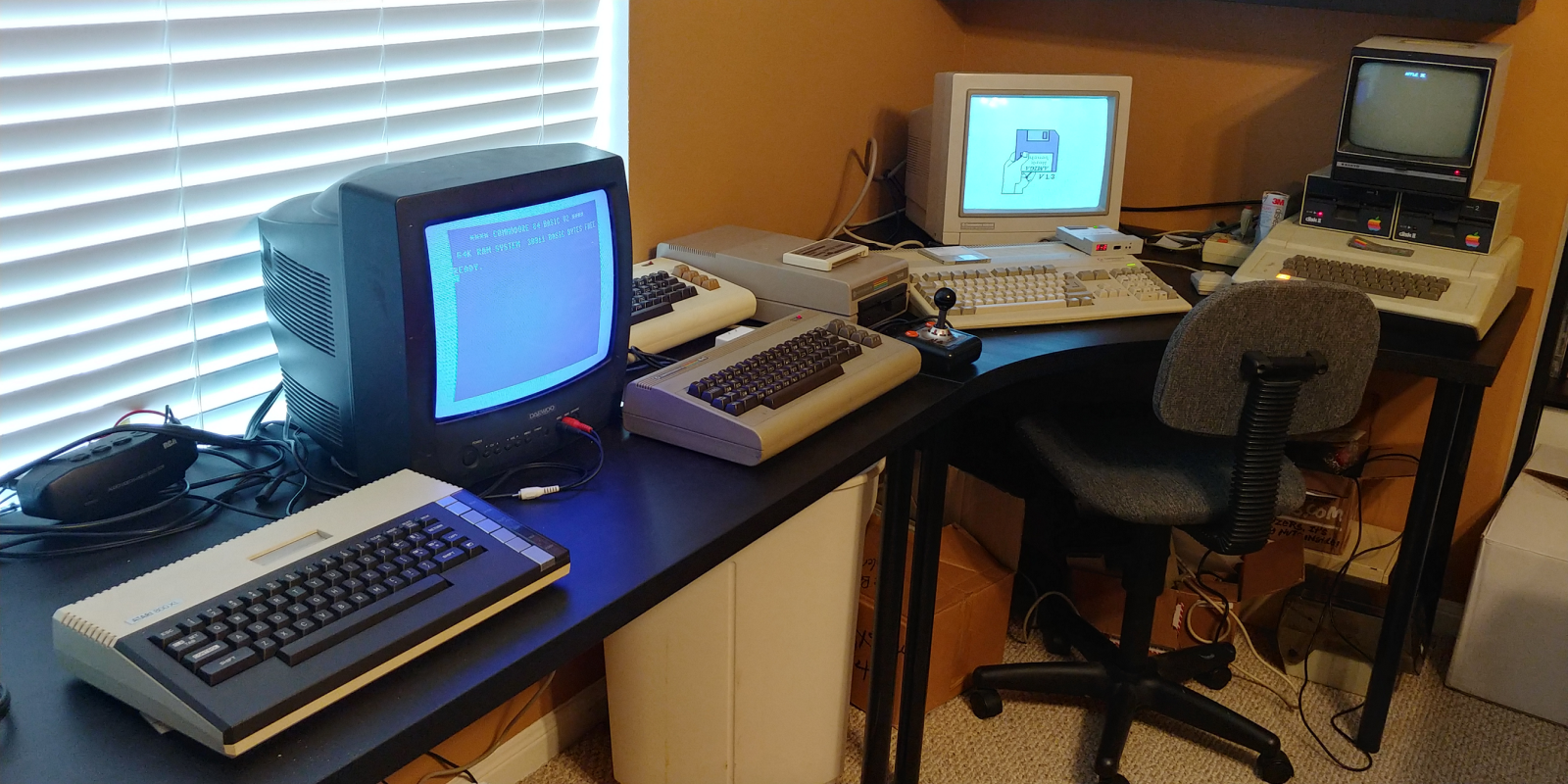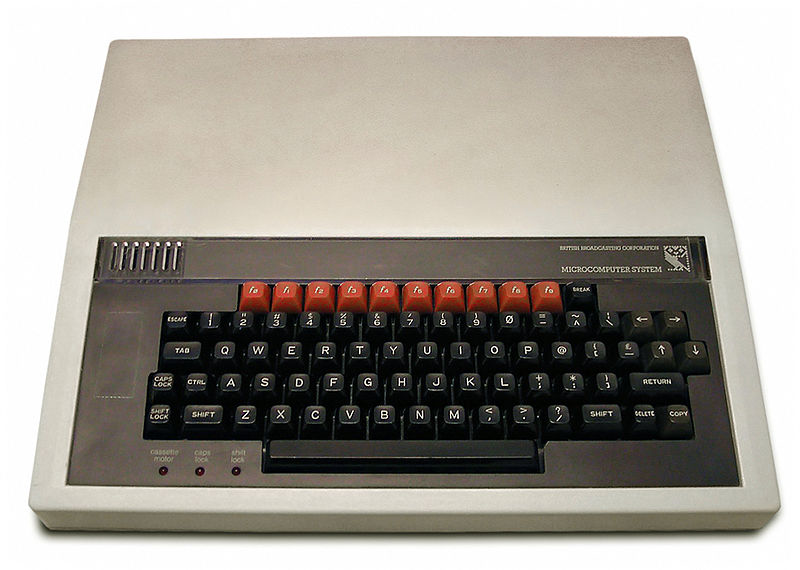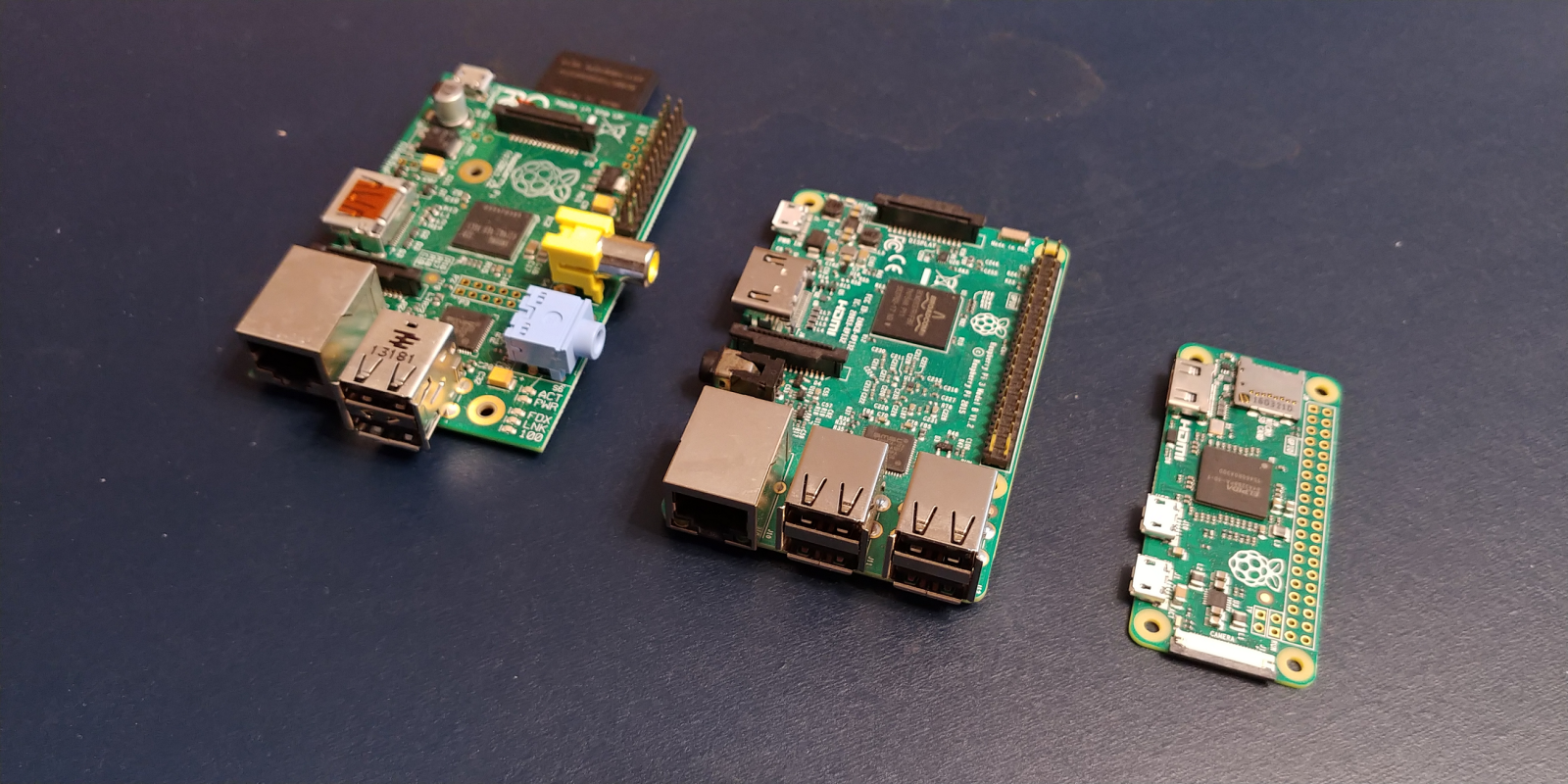Raspberry Pi
by Fitz Walker
Today, a very sweet computer. The University of Houston presents this series about the machines that make our civilization run, and the people whose ingenuity created them.
As a child of the 1970's and 80's, I grew up in the early days of the personal computer. Atari, Apple, IBM, Commodore. I was exposed to them all. Even lesser known models like the Tandy Color Computer and Sinclair ZX-80 passed through my family's household. This is how I learned the basic of computer programming - mostly in a language literally called BASIC. An acronym for Beginner's All-purpose Symbolic Instruction Code. But like any child, I mostly wanted to play games. I say games loosely because some of those machines couldn't display graphics.
For the majority of that time, I had a computer that not only had graphics but a library of countless games. The Commodore 64. This wonderful machine solidified my entry into the world of computers. It was very inexpensive for the time, surprisingly capable, and simply fun to use. My meager income from part time jobs was spent on modems, floppy drives, and various other peripherals for this nearly ubiquitous machine. Trading software with friends became an after school sport. So it's no wonder the Commodore 64 became the bestselling computer in history at over 12 million units sold.

Vintage Atari, Commodore, and Apple computers. Picture by author
Our British cousins had their own equivalent computer called the BBC micro. English schools were filled with this venerable machine. Which led to the computer being popular in many homes throughout the UK. While a commercial success, its origins were that of a simple, inexpensive machine suitable for teaching children about computers and programming.

BBC Microcomputer Photo Credit: Wikipedia
Eventually, computers became more sophisticated and no longer the toys of tinkerers. More like appliances and less the play things of hobbyists. This did not go unnoticed by a Mr. Eben Upton and several others at the University Of Cambridge in England. Upton remembered the simple microcomputers of his childhood and wanted to create a modern version in the spirit of the BBC micro and Commodore 64.
He set forth to design and manufacture a small computer that would be perfectly suitable for teaching the basics of computer architecture and programming. It would also have unprecedented flexibility to interact with the real world. Something compact and most importantly, cheap. Extremely cheap. A tinkerer's dream for the new 21st century.
It would also have the most whimsical yet distinctive name: The Raspberry Pi. This little computer - about the size of a deck of playing cards - has the computing power of a 90's era personal computer but runs on a free operating system called Linux. It can be easily programmed to control robots, command appliances, or simply play videos. And yes, it can play games. In fact it is quite good at pretending to be a Commodore 64 or BBC micro through software emulation.

Several variations of the Raspberry Pi. Picture by author
The Raspberry Pi has gone on to become the go-to computer in the world wide maker movement. Where inventors, builders, scientists, engineers, and students have embraced the little machine for learning and problem solving. It's become the new computer engineering gateway drug.
So why did I mention the Commodore 64? Well it's no longer is the world's bestselling computer. The humble Raspberry Pi now holds that badge of honor.
I'm Fitz Walker for the University of Houston, and I too am interested in the way inventive minds work.
(Theme music)
Sometimes the best computer is not the biggest and fastest but the smallest and cheapest.
Raspberry Pi organization: https://www.raspberrypi.org/.
Vintage Computer Information: https://vintagecomputer.com/.
BBC Microcomputer: http://www.computerhistory.org/atchm/the-bbc-micro/.
Commodore 64: http://www.c64.com/.